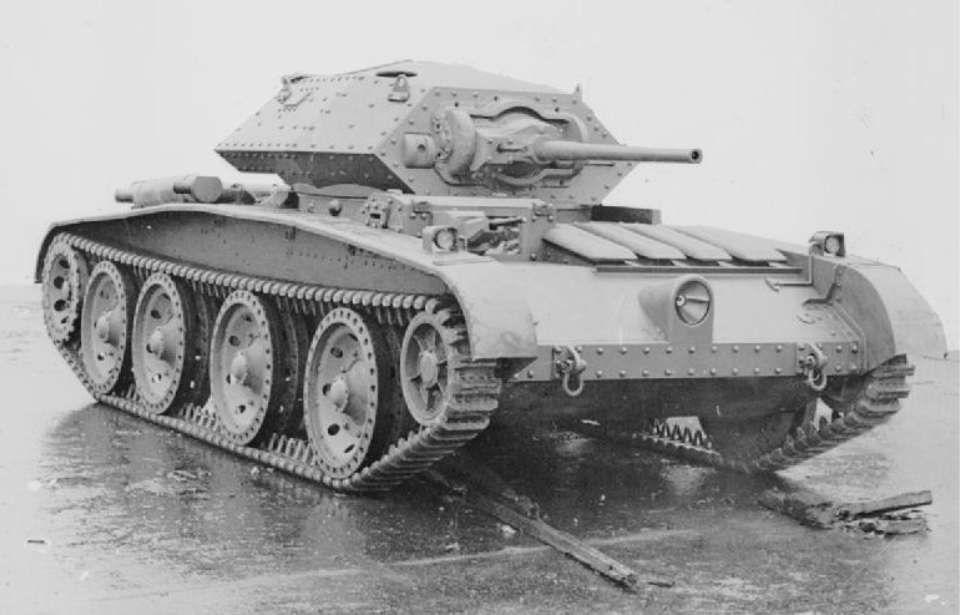The Cruiser tank Mk V – or the A13 Mk III Covenanter – was a British tank that saw service during World War II. Manufactured as a replacement for the Cruiser Mark IV, it went into production in 1939. It didn’t take long for problems to arise, and the tank only really served in two capacities: training and home defense. While its issues were later corrected, the 1,771 that had been built were virtually obsolete before the end of the conflict.
Development of the Covenanter tank
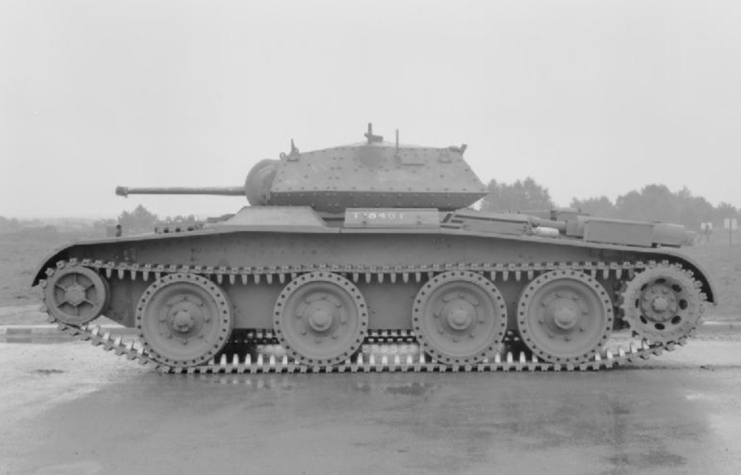
In 1938, with a possible Second World War looming over Europe, the British War Office looked to replace the Cruiser Mk IV. Nuffield Mechanizations Ltd.’s A14 and A16 designs were deemed too expensive, so the A13 Mk III Cruiser Mk V was selected. The specifications included a QF two-pounder gun, at least one machine gun, an epicyclic steering transmission and an A13 Christie suspension. A unique feature was that it would welded together, instead of using the more conventional rivet method.
The design featured 30 mm-thick armor, a requirement that only referenced vertical plates, with those that were angled or flat allowed to be thinner. To reduce its weight, it incorporated as many sloped surfaces as possible to use thinner armor. It was also decided the Covenanter tank would be kept low, to reduce its silhouette.
The general design for the Covenanter was done by the London, Midland and Scottish Railway Company (LMS), which had no previous experience working on tanks, but was invited to participate by the British government, in preparation for the coming war. Nuffield contributed to the design, and Henry Meadows designed the engine.
The first 100 were ordered on April 17, 1939. As conflict loomed, it was decided the Covenanter would be manufactured “off the drawing board,” with two test models produced with the expectation that any issues found would be changed for the production models.
Covenanter tank specs.
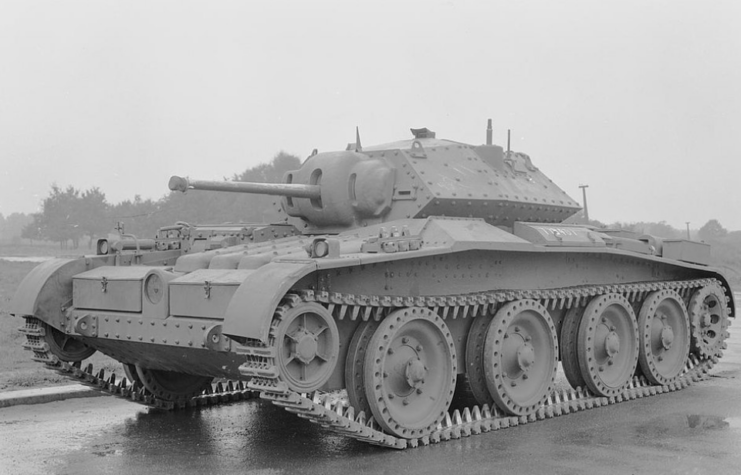
The Covenanter tank weighed 18 tons and was slightly smaller than its predecessor. Similarly to the Mk IV, it was operated by a four-man crew, made up of a commander, a gunner, a loader and a driver. They were protected by armor ranging in thickness from seven to 40 mm.
The Covenanter was powered by a Meadows D.A.V flat-12 340 horsepower engine. With a Meadows gearbox and Wilson epicyclic steering transmission, as well as a power-to-weight ratio of 18.6 horsepower per ton, the tank could reach a maximum speed of 30 MPH. With a fuel capacity of 420 liters, it had an operational range of 100 miles.
The Covenanter’s armament included a QF Vickers two-pounder and a Coaxial 7.92 mm Besa Machine gun.
A tank with many problems
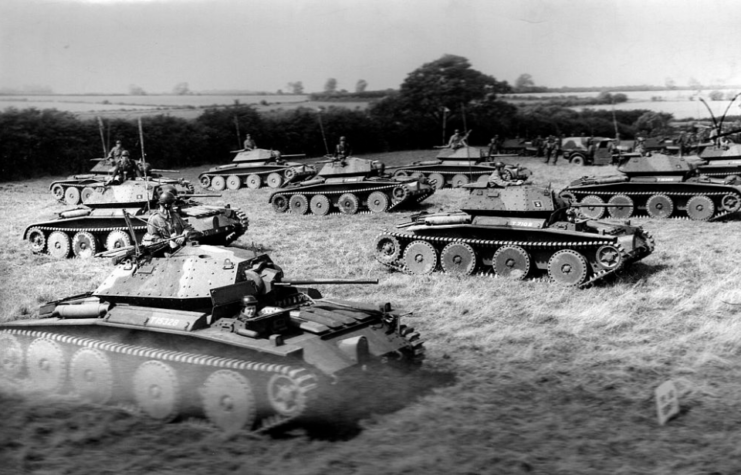
As quickly as the Covenanter tank was built, problems were discovered with its design. One was in regard to its engine, which was rather large. It left no room for radiators to sit in the same compartment, so they had to be situated in the front. The resulting cooling issues meant the tank couldn’t be used in the North Africa Campaign.
The original welded construction of the Covenanter also caused issues. In addition to a lack of welders and fears the technique wasn’t strong enough, LMS decided to change to a riveted construction. While not altering the design itself, this meant the tank, which also saw an increase in armor and the addition of steel wheels, was heavier. This placed the suspension at its maximum load.
Production was also filled with issues. For instance, the hulls were completed faster than the turrets. These issues and changes meant no future developments were done, and the first Covenanters didn’t enter service until well after the Dunkirk evacuation.
Service during World War II
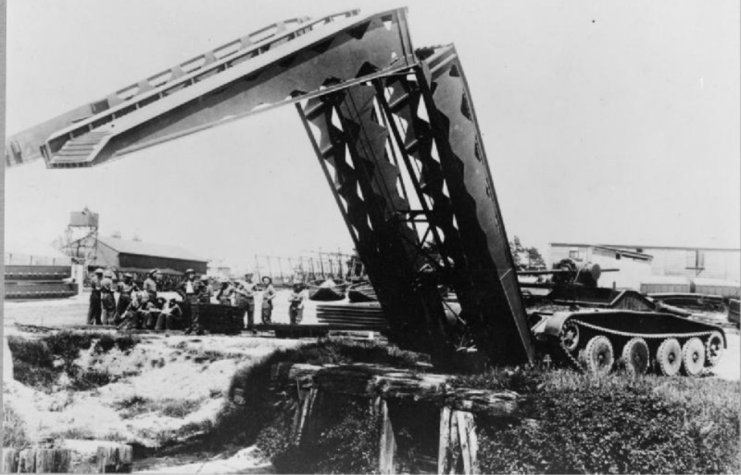
The majority of Covenanter tanks served within the United Kingdom. They were first delivered to the 1st Armoured Division, to replace the tanks lost during the Fall of France. When the 1st was deployed to Egypt, they were transferred to the 9th Armoured Division.
Some Covenanters were sent to the desert with the Corps of Royal Electrical and Mechanical Engineers (REME) for testing and evaluation, alongside Churchill tanks. While overseas, it was quickly learned they couldn’t keep up with more powerful vehicles. In the UK, the Guards and 1st Polish Armoured Divisions were equipped with Covenanters, but the tanks were left behind upon them being deployed abroad.
The greatest use of the Covenanter was as a bridgelayer. In this role, it was fitted with a vehicle-launched bridge – basically, a 34-foot-long folding bridge. It could carry up to 24 tons across a 30-foot chasm, allowing for greater soldier and vehicle movement on the frontlines.
More from us: BMPT Terminator: Russia’s Supposedly ‘Invincible’ Armored Fighting Vehicle
In this role, the Covenanter tank was deployed to Europe with the Guards and Polish Armoured Divisions, as well as the 1st Czechoslovak Armoured Brigade. The bridgelayer also served with the Australian Army’s 4th Armoured Brigade in the Pacific Theater.
